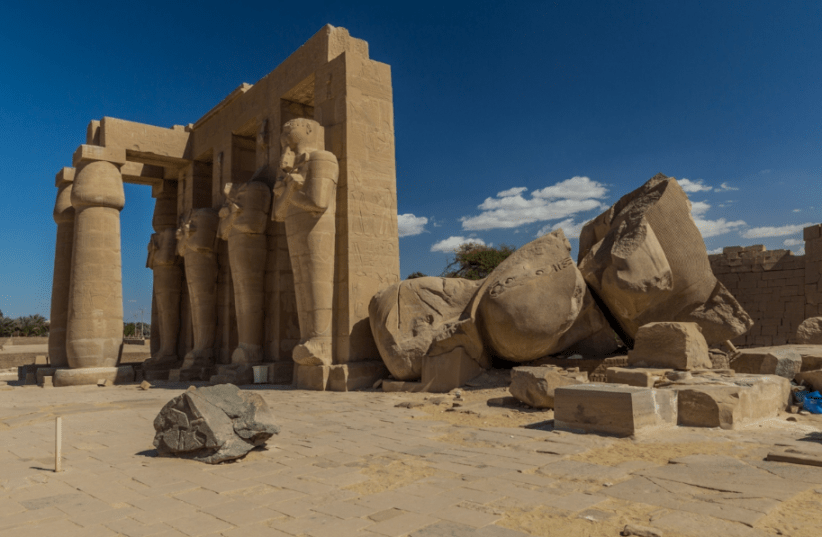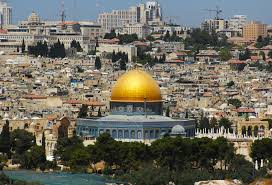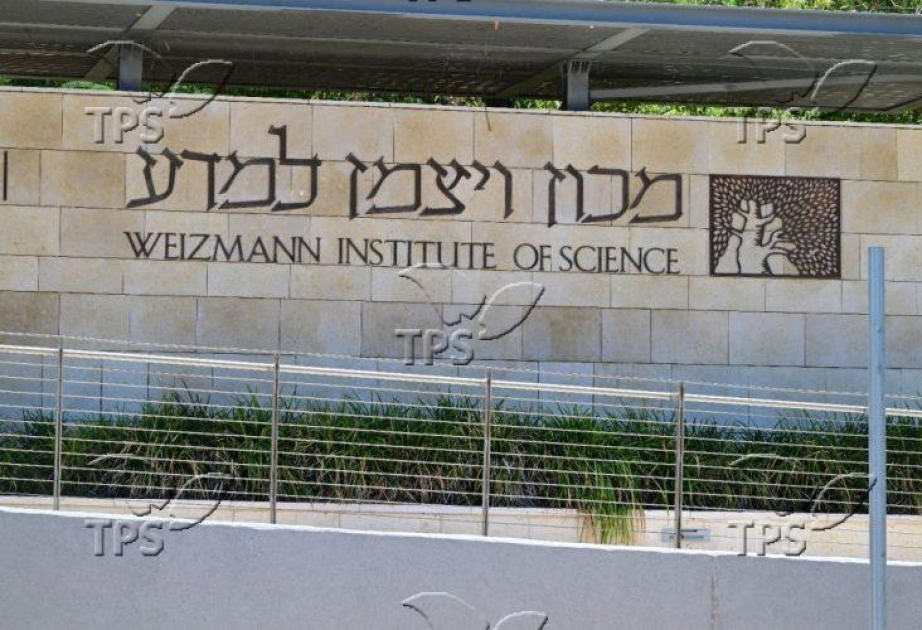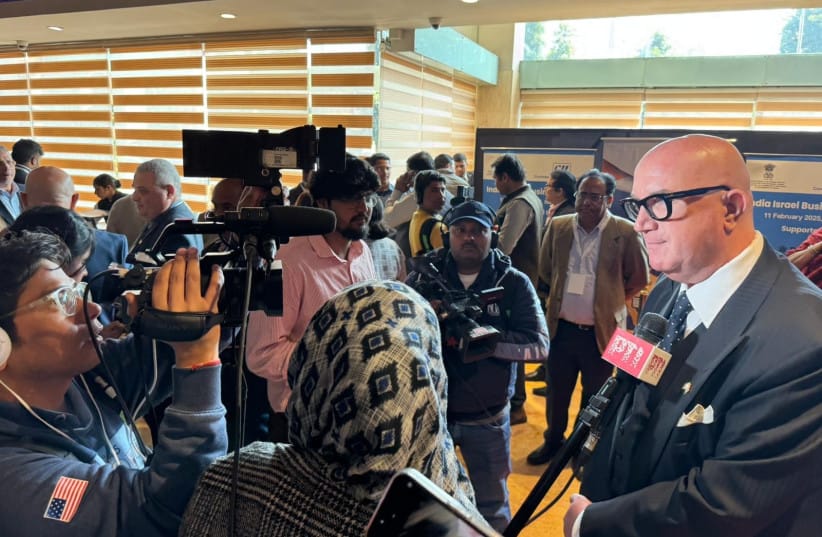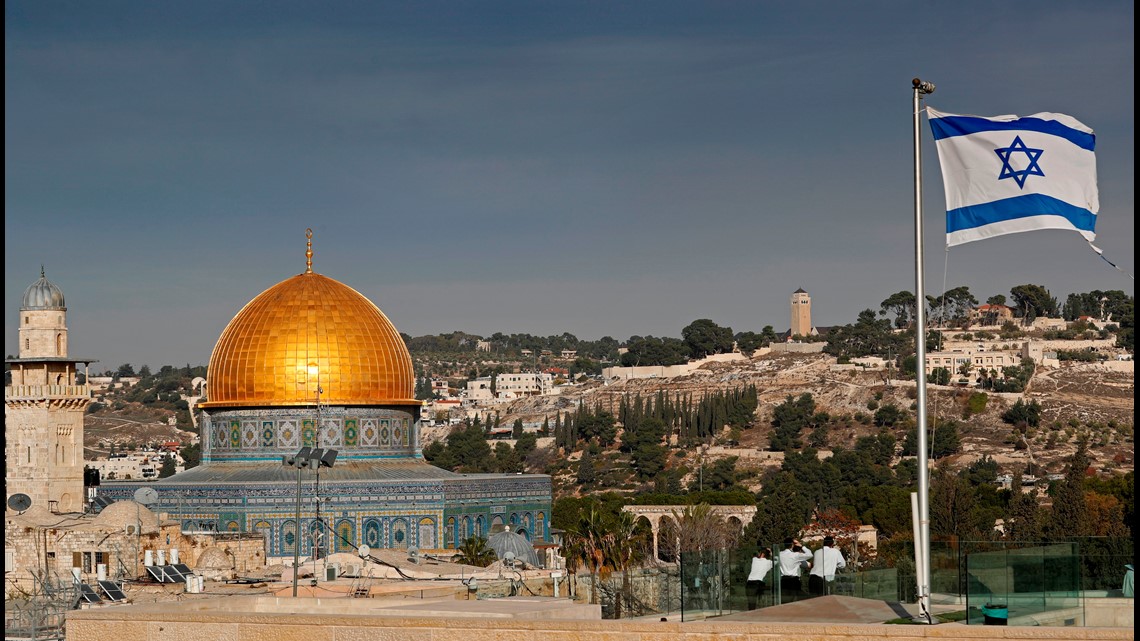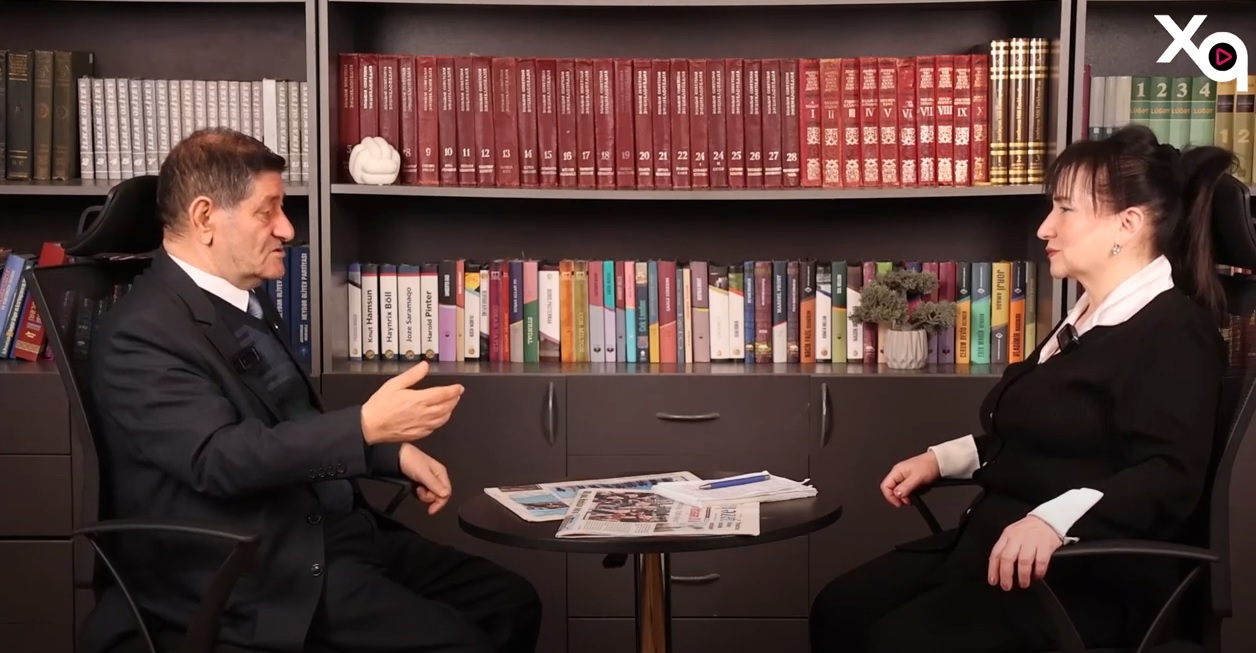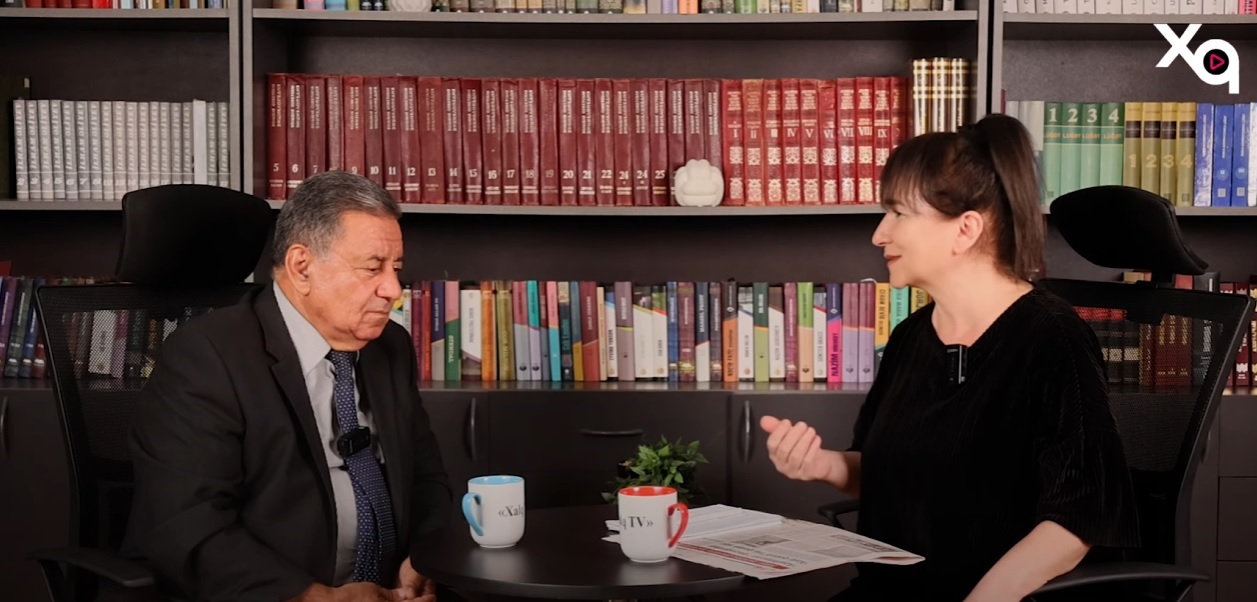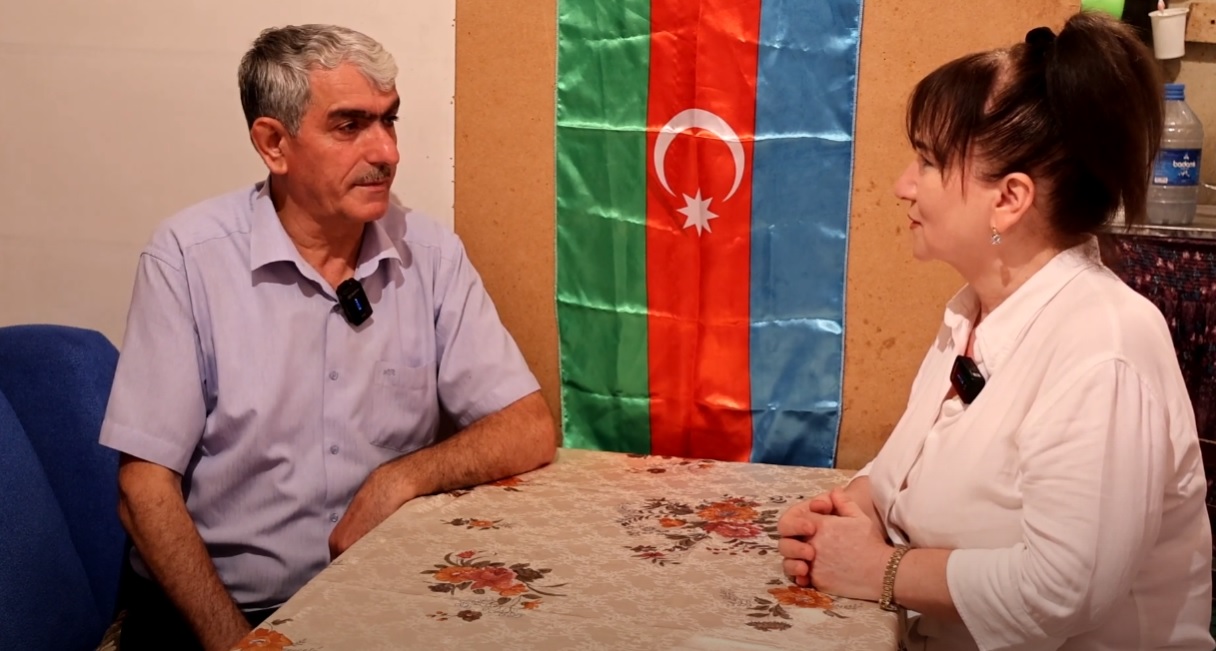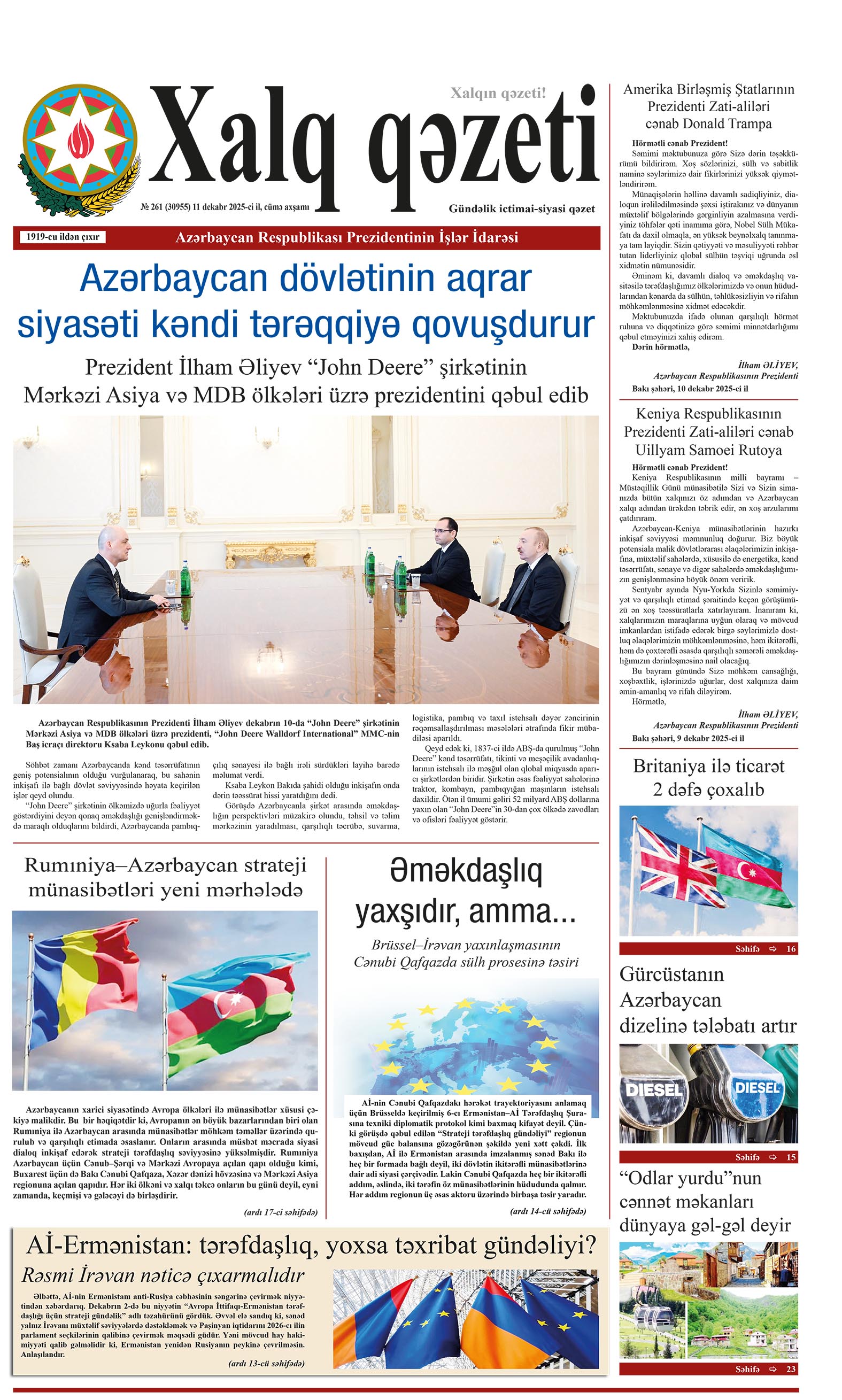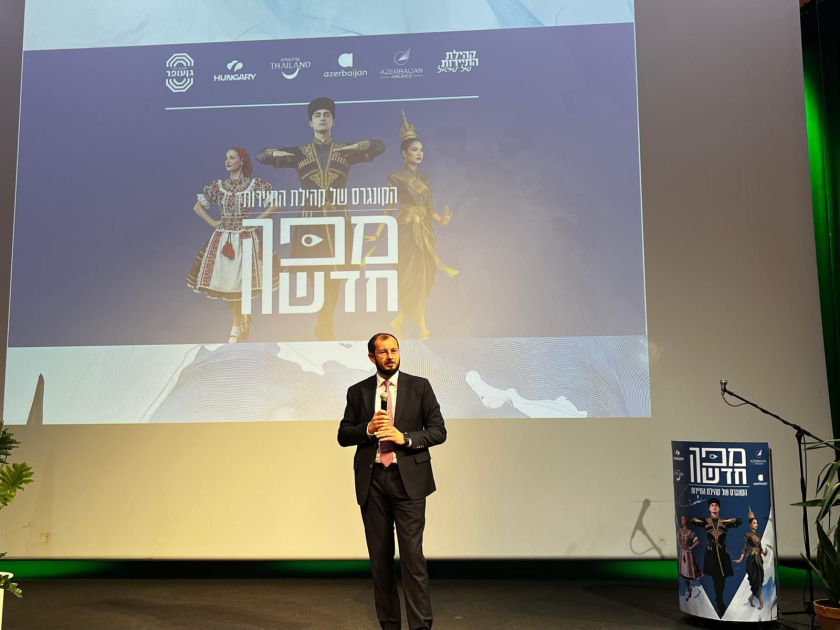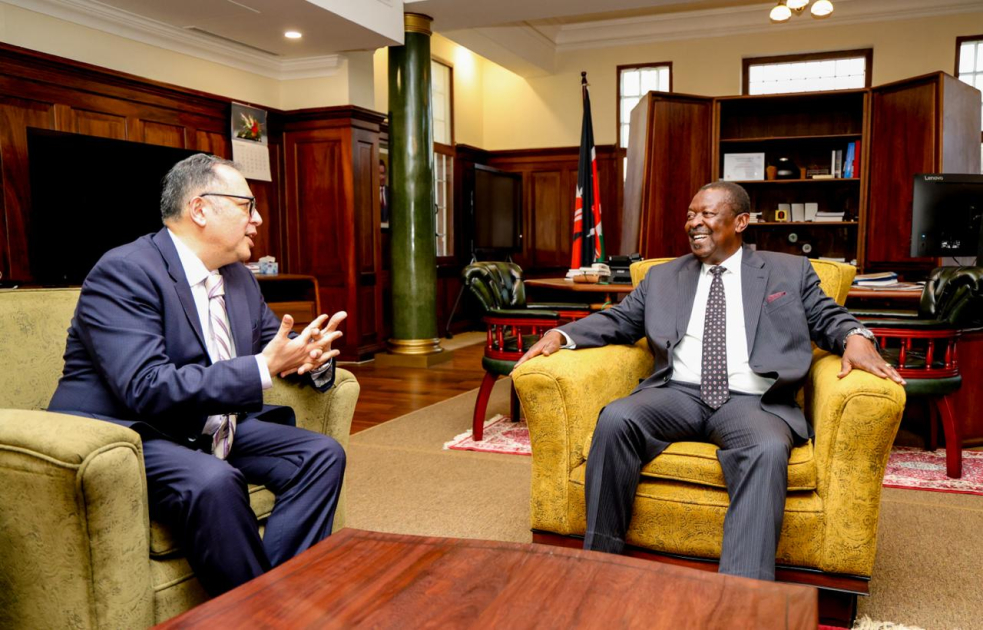By JERUSALEM POST STAFF
Currently, the temple is largely in ruins due to the earthquake that struck Egypt in 27 BCE. Remains of colossal statues and columns can still be seen.
The Egyptian Ministry of Tourism and Antiquities initiated a restoration project for the Ramesseum Temple in Luxor, southern Egypt, in collaboration with the National University of Cultural Heritage in Korea, Youm7 reported. The initiative aims to revive and preserve one of Egypt's most important temples, built by King Ramses II for the worship of the god Amun-Ra.
The Ramesseum Temple is surrounded by a mudbrick wall measuring 270 meters in length and 175 meters in width. The temple itself is 180 meters long and 66 meters wide. Constructed in the style of funerary temples of the ancient Pharaonic state, it reflects the prominence of Ramses II.
The temple includes depictions of the Battle of Kadesh, one of the most important battles led by King Ramses II, which narrates how he planned the war and his victory over the Hittites. There are also inscriptions on the walls that describe the nature of life during that period and a number of colossal statues of King Ramses II.
Currently, the temple is largely in ruins due to the earthquake that struck Egypt in 27 BCE. Remains of colossal statues and columns can still be seen. However, the ruins indicate it was an impressive temple, demonstrating the architectural mastery of ancient Egypt.
The ancient Egyptians called the temple Mediu or Mediu with Thebes, meaning “united with Thebes,” also known as “The One United with Waset,” and “Iset Mery Amun,” meaning “The Place of Amun, Beloved.” Jean-François Champollion gave the temple its current name, the Ramesseum.
Sherif Fathy, the Minister of Tourism and Antiquities, said the project will open new tourist attractions in Luxor Governorate, enriching the tourist experience for both Egyptian and foreign visitors.
The restoration project focuses on dismantling, restoring, and reassembling the stones of the first pylon of the Ramesseum Temple, reported Asharq Al-Awsat. It involves documenting and registering the stone blocks and creating a database for the entire project. The project also includes surveying, architectural elevation, and photography of the pylon area.
One of the key objectives is to discover the methods used by the ancient Egyptians in building the pylon. The project includes analyzing the inscriptions of the pylon and comparing them with similar inscriptions in other temples. After completing the documentation, the team plans to stabilize and restore the stone blocks and return them to their original places to reconstruct the pylon.
“The mission has begun scientific excavation works, including an architectural study of the first pylon,” said Dr. Abdel Ghaffar Wagdy, General Director of Luxor Antiquities, according to Akhbarak.
The article was written with the assistance of a news analysis system.


